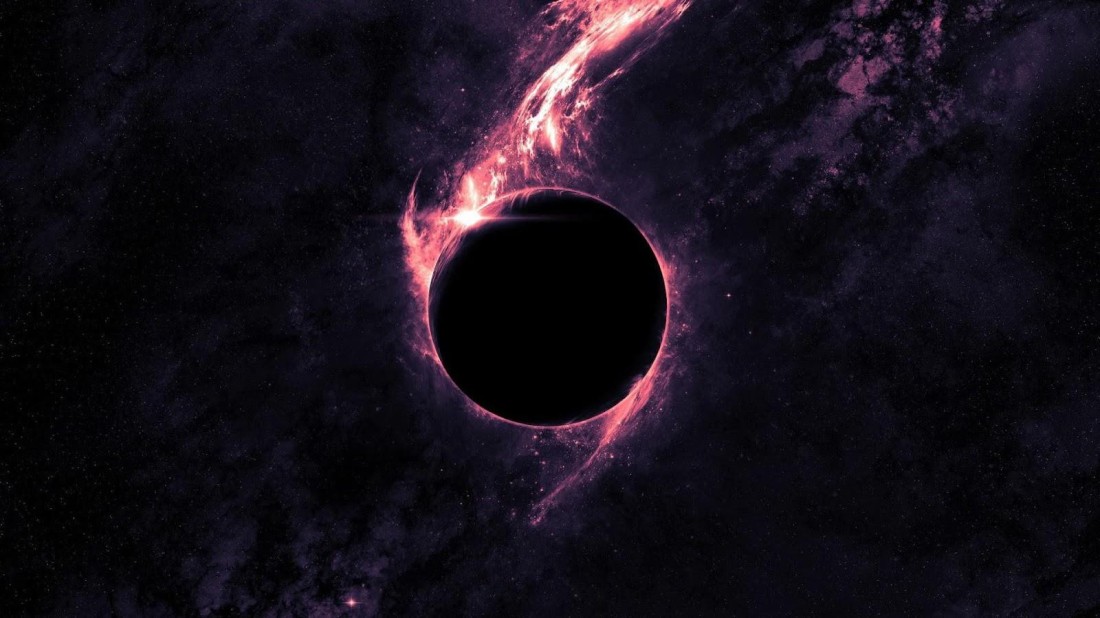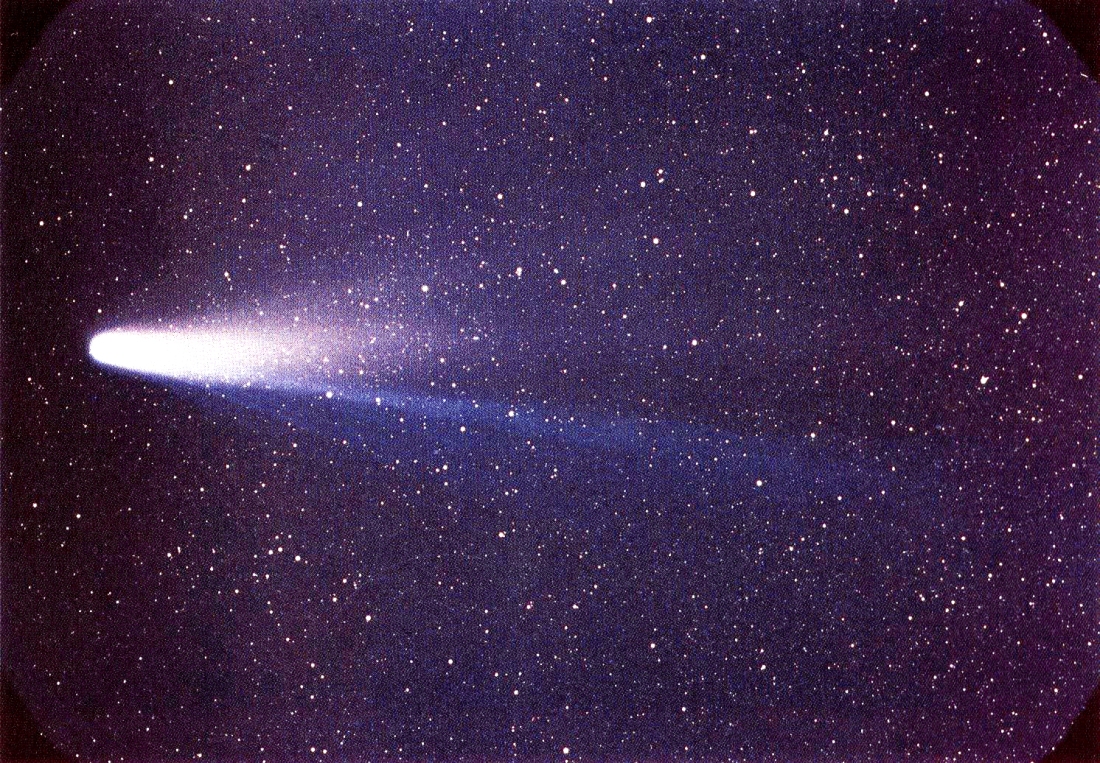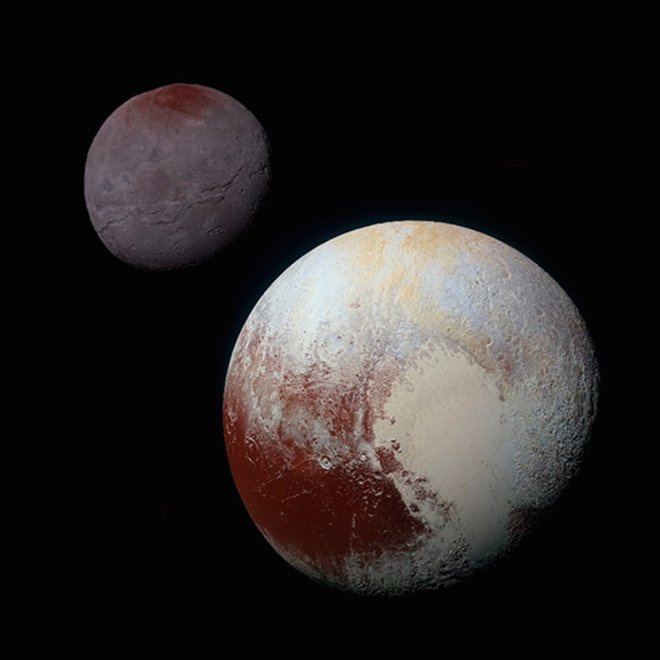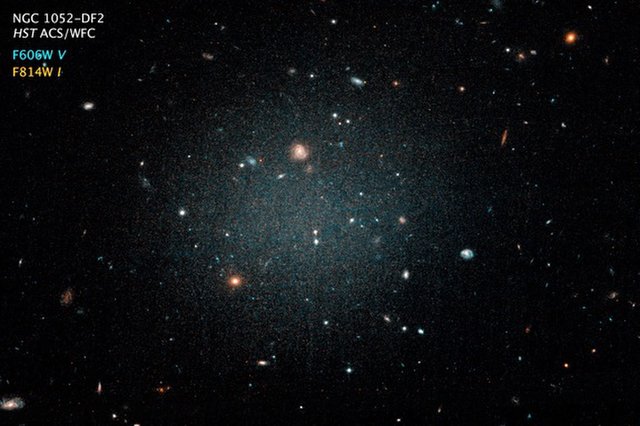
It’s the planet furthest from the sun. No, it’s not Neptune. It’s Planet Nine.
Cold, icy, and shrouded in darkness, Planet Nine is potentially an undiscovered planet lurking in the outer regions of our solar system just beyond the Kuiper Belt. It’s estimated to be 10 times the mass of Earth and reside at a distance 20 times farther away than Neptune. It would take this planet around 10,000 to 20,000 years to orbit the sun just once.
A lot of mystery surrounds this hypothetical planet. It’s been hyped as a potential “super Earth”, which are rocky worlds that are larger than Earth but smaller than Neptune. So-called “super Earths” have been calculated to be exceedingly common in our universe but are seemingly missing from our solar system. An article from The New York Post even suggested that this was “the mystery planet that could destroy the Earth.”
But what makes us think a planet like this even exists in the first place?
According to Caltech planetary astrophysicist, Konstantin Batygin, there are currently “five different lines of observational evidence pointing to the existence of Planet Nine” and if you presumed Planet Nine did not exist, “then you [would] generate more problems than you solve.” You would have “five different puzzles” that required five different theories to explain the observed phenomena.
The first three clues of this planet’s existence were published in the Astronomical Journal in 2016 by Batygin and his fellow Caltech colleague, Mike Brown. These clues were that:
1. Six known objects in the Kuiper Belt were observed to have elliptical orbits all pointing in the same direction, an extremely unlikely phenomena.
2. In contrast to the flat plane of our planets’ orbits around the sun, these objects were also tilted 30 degrees below the solar system’s orbital plane. The odds of six Kuiper Belt Objects (KBOs) randomly traveling in a cluster with this tightness and orientation were calculated to be one in a thousand.
3. Computer simulations of Planet X dictated that there should be more objects inclined 90 degrees to the solar system plane. Research proved that there were already five known objects that fit this description.
The next clue was discovered by Batygin’s graduate student, Elizabeth Bailey, who showed through analytical models of Planet Nine that:
4. Planet Nine’s natural influence on the orbits of other planets could be sufficient enough to account for our solar system plane’s wobble and the planets’ 6 degree tilt off of the sun’s equator.
The last clue came from the fact that “no other model can explain the weirdness of the high-inclination orbits” of certain KBOs according to Batygin. Essentially:
5. Planet Nine’s existence explained the objects in the Kuiper Belt that orbited in the opposite direction from everything else in the solar system. Batygin’s model showed that “these things have been twisted out of the solar system plane with help from Planet Nine and then scattered inward by Neptune.”
In addition to these five clues that point to its existence, Planet Nine is also the best explanation for other observed phenomena such as:
- the clustering of the orbits of extreme trans-Neptunian objects (eTNOs);
- the high perihelia of objects like Sedna that are detached from Neptune’s influence;
- the high inclinations of eTNOs with orbits roughly perpendicular to the orbits of the eight known planets,
- high inclination trans-Neptunian objects with semi-major axis less than 100 AU,
- and the obliquity, or tilt, of the Sun’s axis relative to the planets’ orbits.
Clearly, there is a decent amount of evidence out there that supports Planet Nine’s existence. However, there is still the remaining step of actually locating Planet Nine–a project that Batygin and Brown are currently working on by harnessing the power of the Subaru Telescope at Mauna Kea Observatory in Hawaii. You can read more about their research here.







